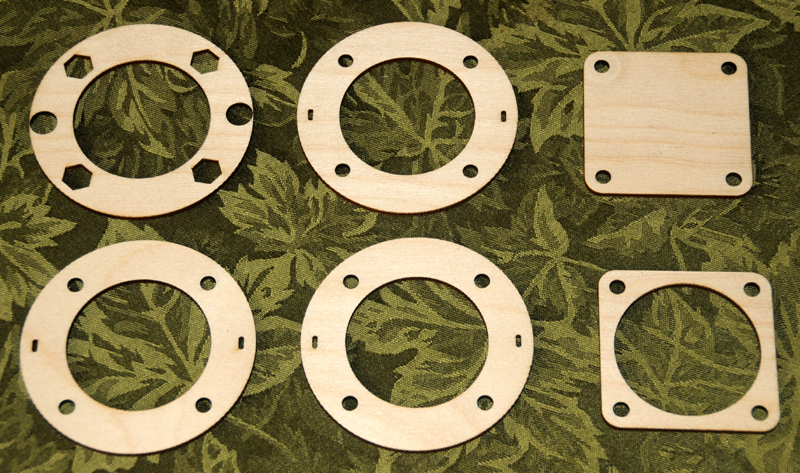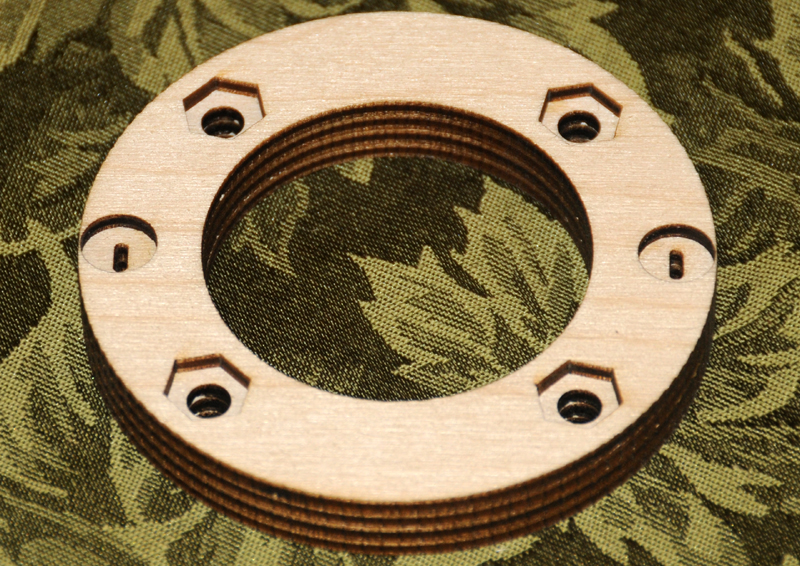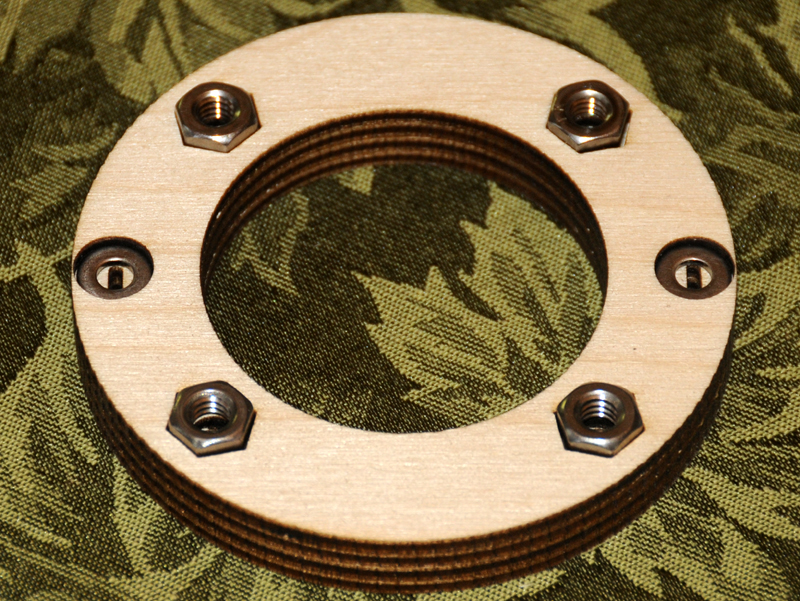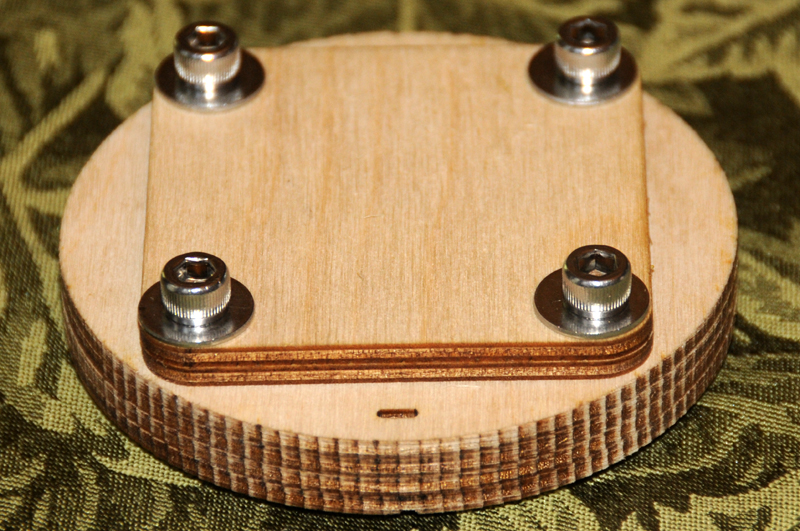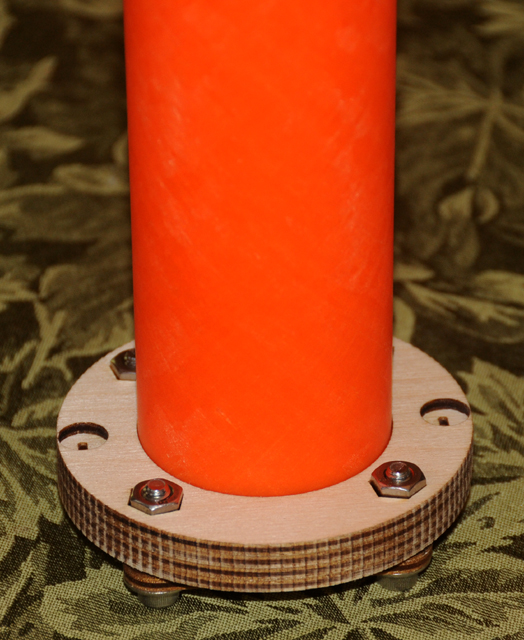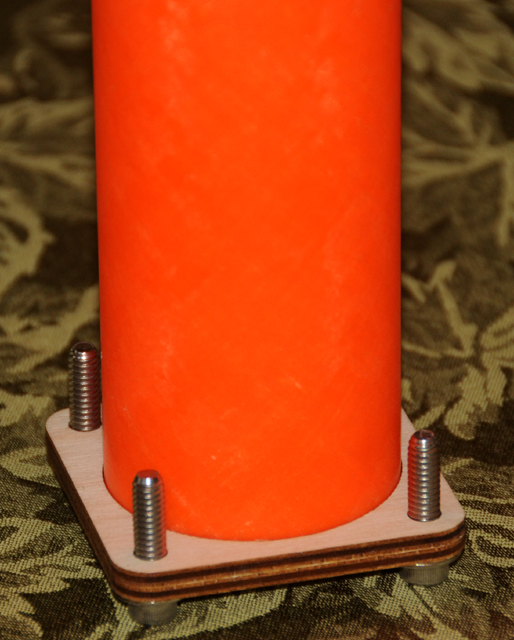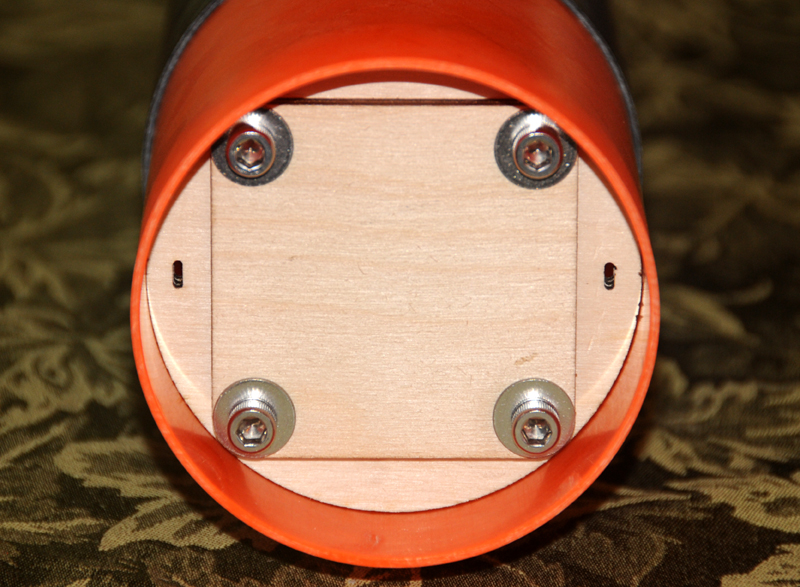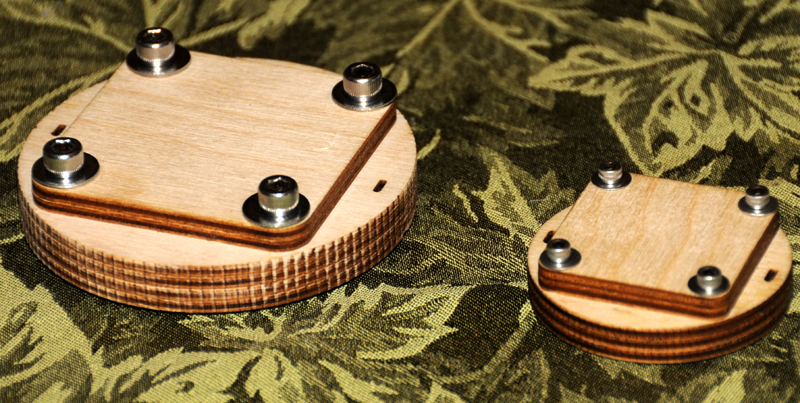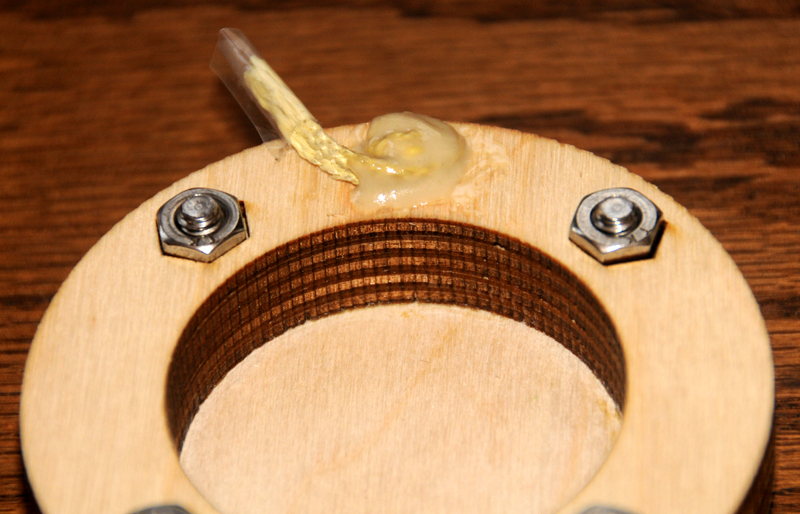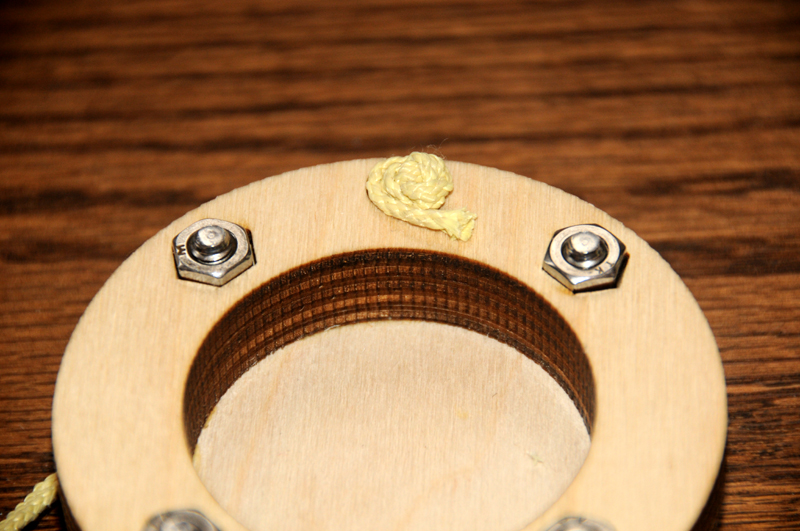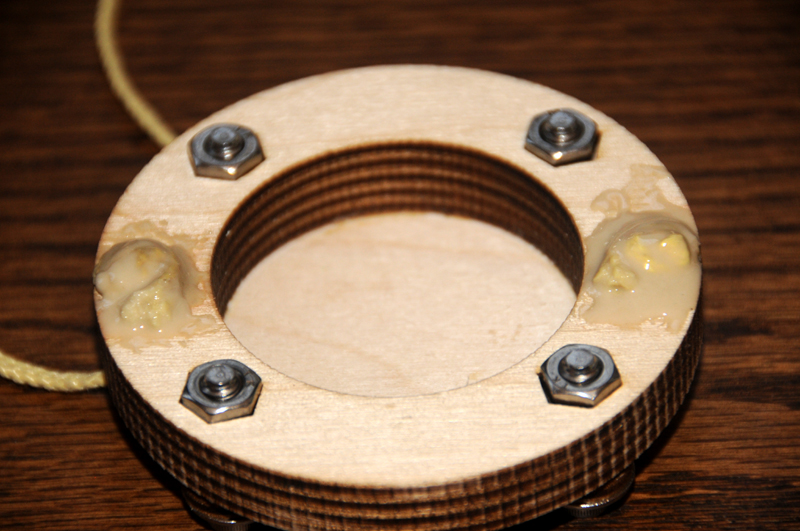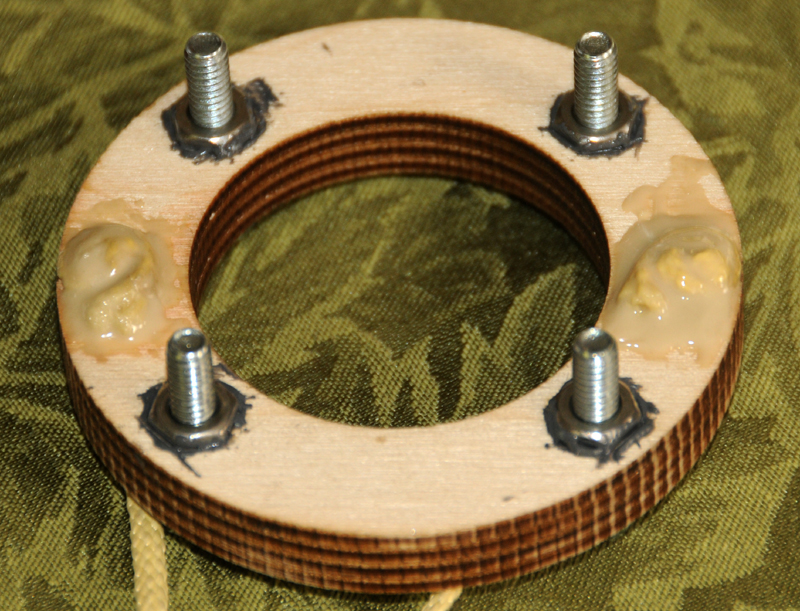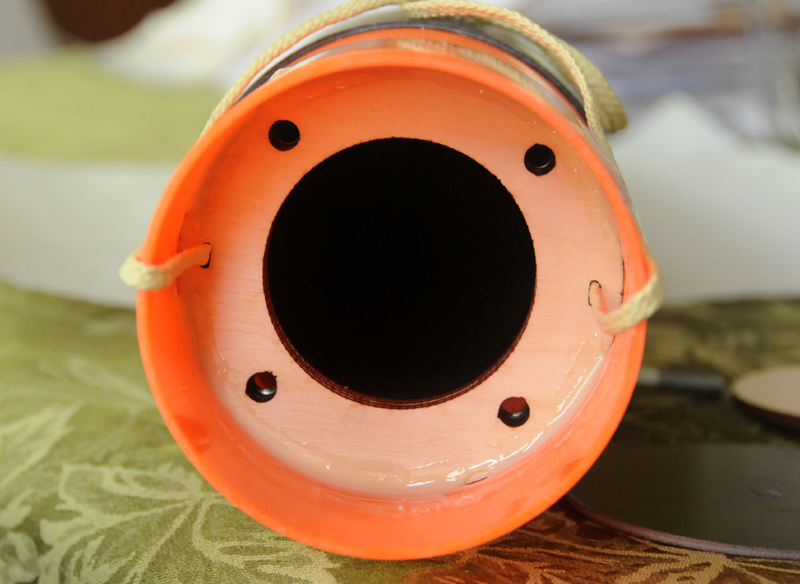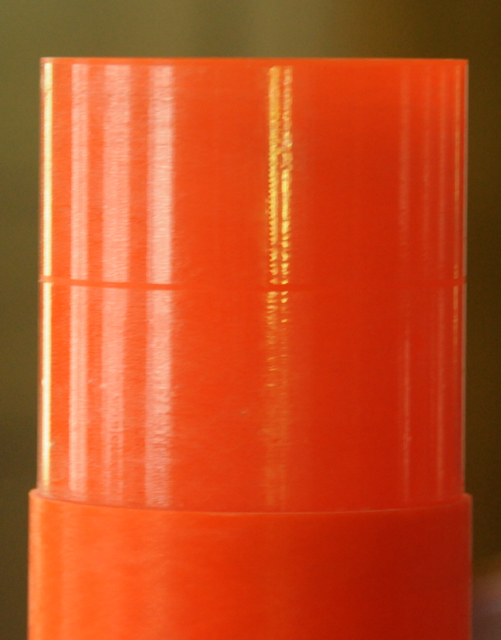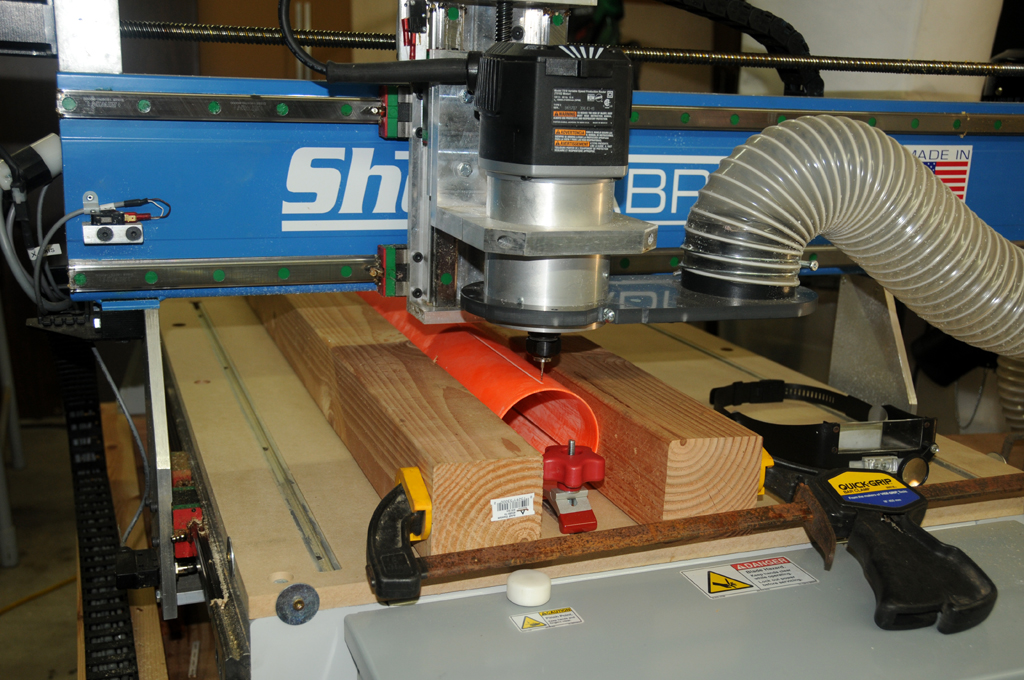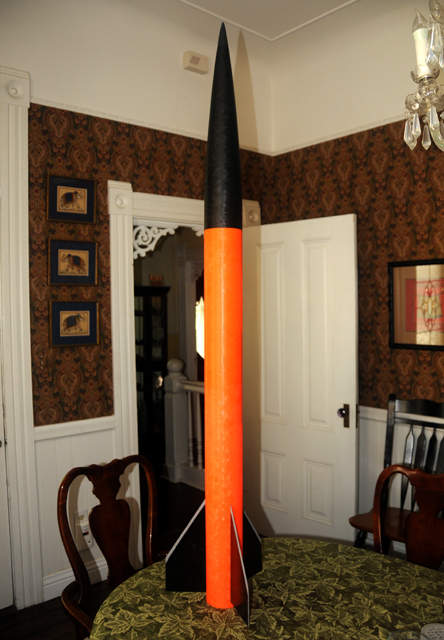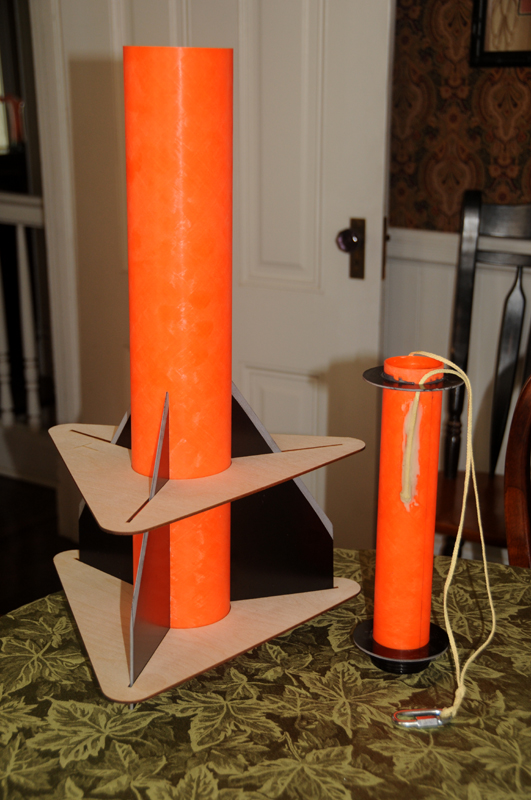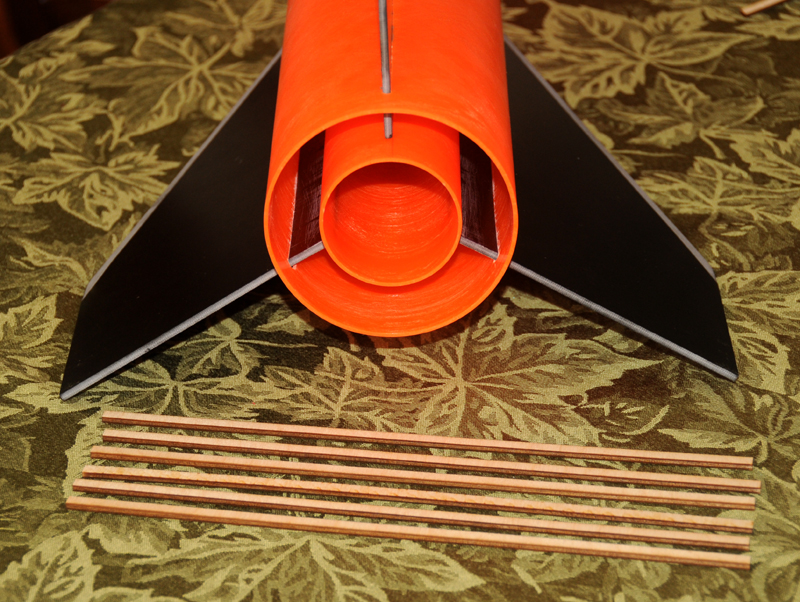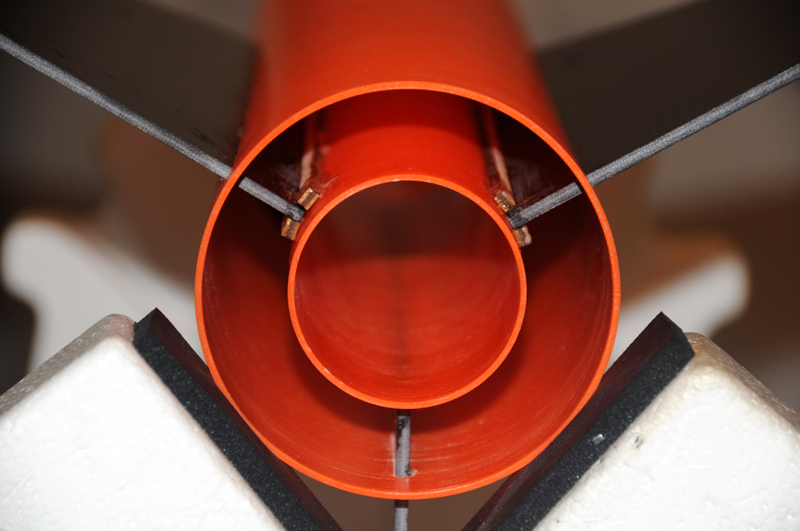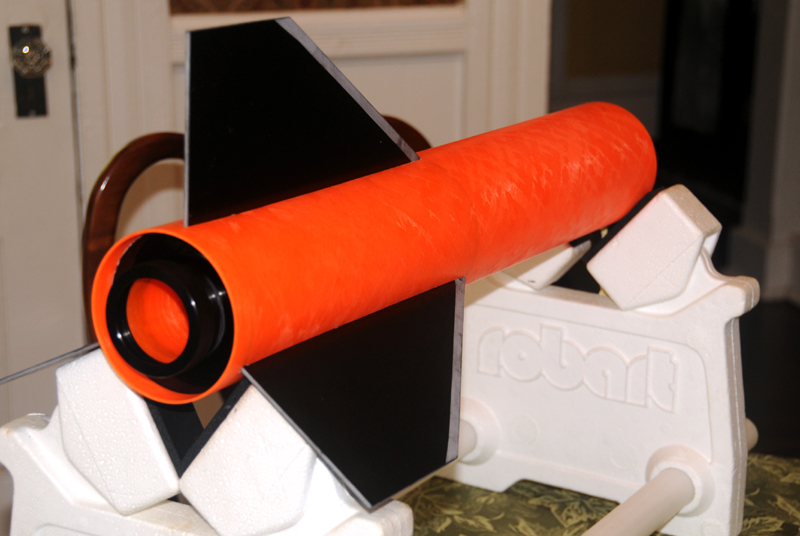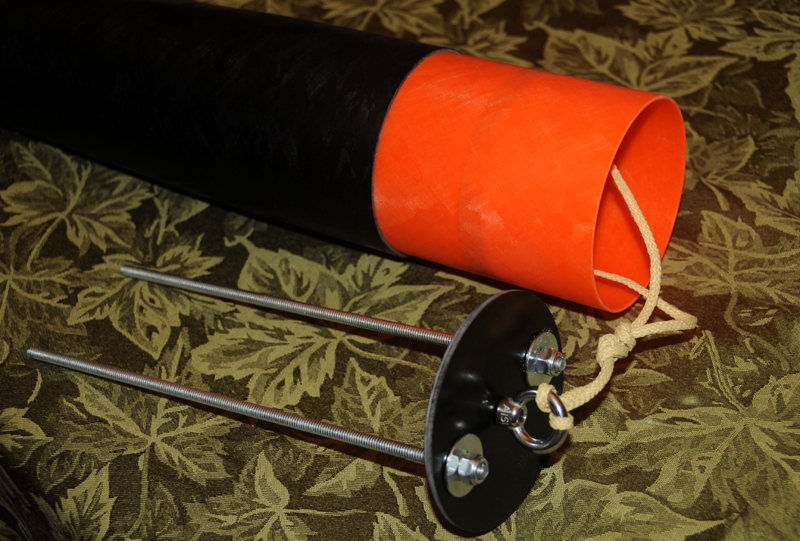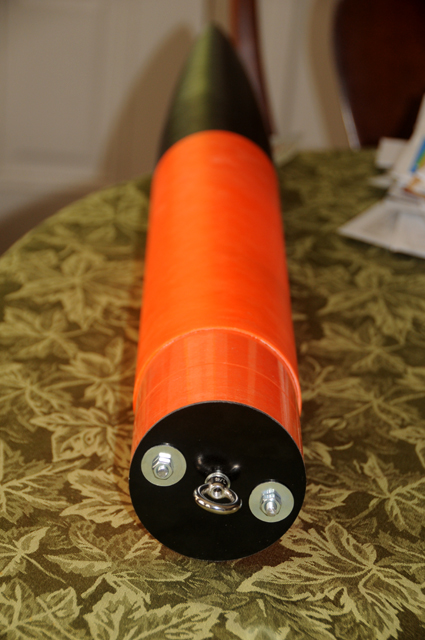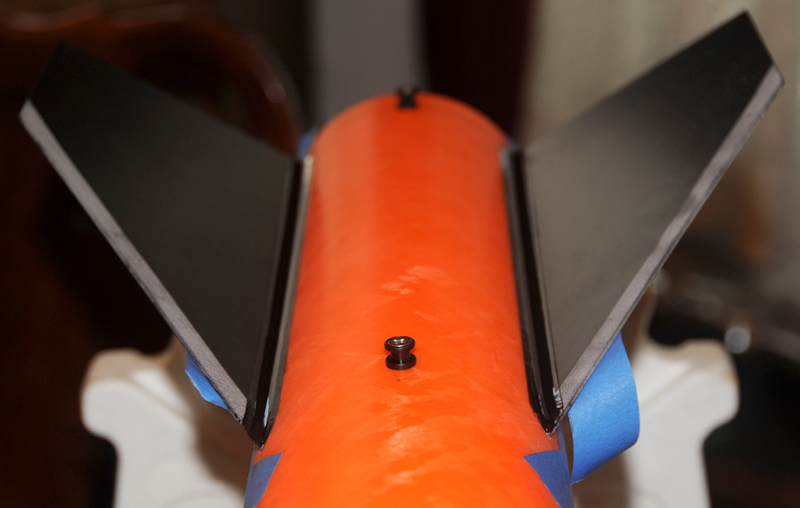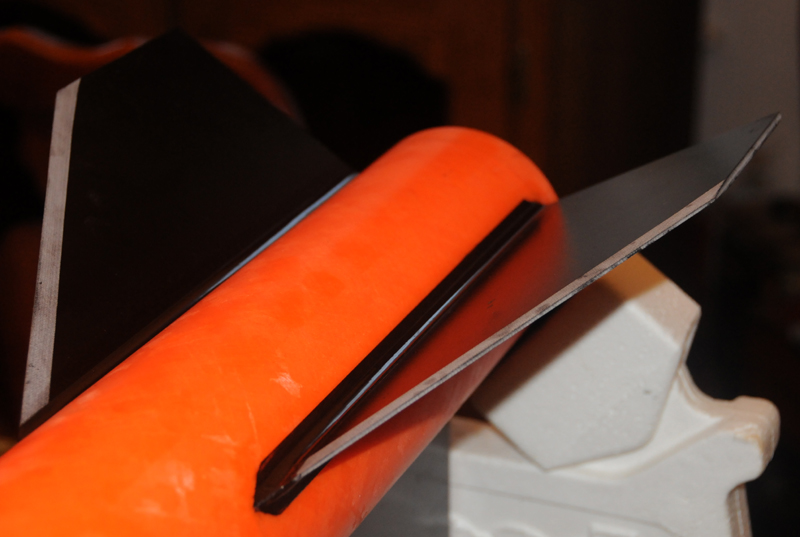Rockethound
Infinity is in our minds
LDRS is a special event, and this year it's as close to my house as it can get. This is a special opportunity to get a Tripoli L2, which opens up EX motors as well, at Tripoli's premier event. I couldn't resist and ordered a Madcow Formula 98 last Thursday. I called to hopefully arrange Priority Mail shipment, and George made sure the package shipped the same day. I received it Saturday; thanks Madcow!
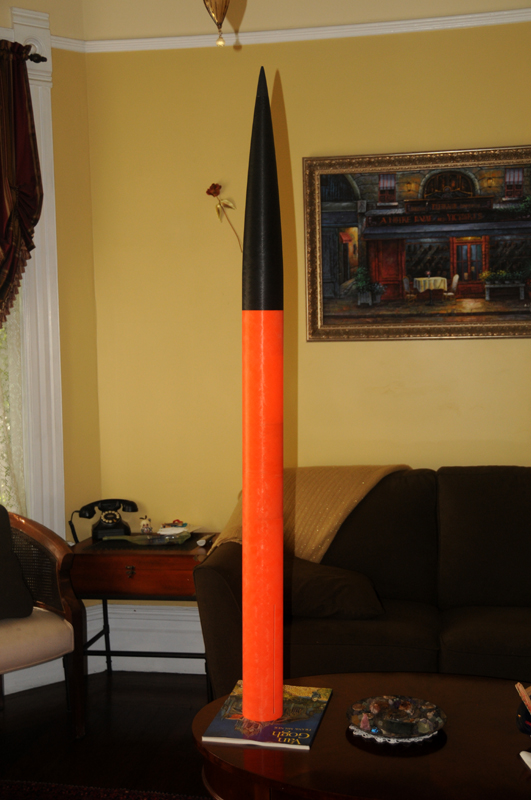
This isn't a test-fit photo - that didn't go very well. The fins didn't fit, and it wasn't something to sand off. The fins are .130" thick and the slots are .112" wide. I have a shop, so I knew this was not what they intended - 0.018" is a huge mistake in CNC.
I called Madcow this morning and spoke with Kevin. He got me a 12" section of 54mm orange G12 for a tracker bay, then we talked about the slots. He reacted rather nonchalantly, considering what I was telling him. I rechecked on the phone at his request, yep, 0.112" width. He pulled down a fincan and measured it - 0.130", just what it should be.
He apologized for the problem quite earnestly, explaining that Madcow had brought slotting in-house because of this kind of thing. They were working with a vendor that made numerous mistakes, some almost comical expect for the poor customer receiving them. He saw the Priority Mail, set up a new fincan which has already been put into the USPS system for Priority Mail shipment, and threw in the 12" G12, all shipping at their cost. He also sent me a return setup, as it looks like they could recut the slots on their 4-axis machine and get them right. Madcow is a very impressive company.
The Formula is very impressive, too, and there is a lot of progress. The shoulder is glued into the NC with Rocketpoxy, resulting a perfect joint against the payload bay. Very good machining everywhere except those slots.
The avbay bulkheads and all-thread is built. It's nice and a bit odd to have CNC in the garage. It comes into play often. Here is a jig for making the avbay bulkheads.
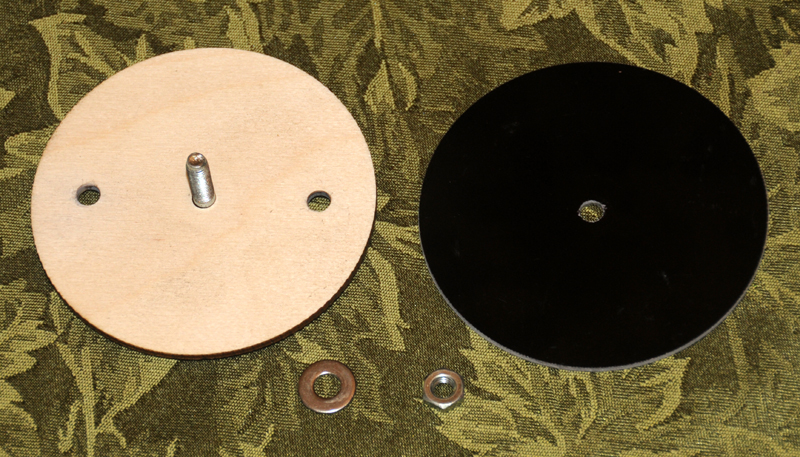
A sample bulkhead is next to it. Each bulkhead pair was epoxied together with their centers aligned. Then both bulkheads and the jig were bolted in a stack at the center. The first hole was drilled through both bulkheads, a second alignment bolt inserted, and the second hole drilled. Everything aligns exactly.
I chose to go without the switch band and glue the avbay coupler into the payload bay. It still extends 4" into the fincan as it would have with the switch band, but now it extends 5" into the payload bay. That can be made up at the other end in the nose cone, which will come in the next post.

This isn't a test-fit photo - that didn't go very well. The fins didn't fit, and it wasn't something to sand off. The fins are .130" thick and the slots are .112" wide. I have a shop, so I knew this was not what they intended - 0.018" is a huge mistake in CNC.
I called Madcow this morning and spoke with Kevin. He got me a 12" section of 54mm orange G12 for a tracker bay, then we talked about the slots. He reacted rather nonchalantly, considering what I was telling him. I rechecked on the phone at his request, yep, 0.112" width. He pulled down a fincan and measured it - 0.130", just what it should be.
He apologized for the problem quite earnestly, explaining that Madcow had brought slotting in-house because of this kind of thing. They were working with a vendor that made numerous mistakes, some almost comical expect for the poor customer receiving them. He saw the Priority Mail, set up a new fincan which has already been put into the USPS system for Priority Mail shipment, and threw in the 12" G12, all shipping at their cost. He also sent me a return setup, as it looks like they could recut the slots on their 4-axis machine and get them right. Madcow is a very impressive company.
The Formula is very impressive, too, and there is a lot of progress. The shoulder is glued into the NC with Rocketpoxy, resulting a perfect joint against the payload bay. Very good machining everywhere except those slots.
The avbay bulkheads and all-thread is built. It's nice and a bit odd to have CNC in the garage. It comes into play often. Here is a jig for making the avbay bulkheads.

A sample bulkhead is next to it. Each bulkhead pair was epoxied together with their centers aligned. Then both bulkheads and the jig were bolted in a stack at the center. The first hole was drilled through both bulkheads, a second alignment bolt inserted, and the second hole drilled. Everything aligns exactly.
I chose to go without the switch band and glue the avbay coupler into the payload bay. It still extends 4" into the fincan as it would have with the switch band, but now it extends 5" into the payload bay. That can be made up at the other end in the nose cone, which will come in the next post.





